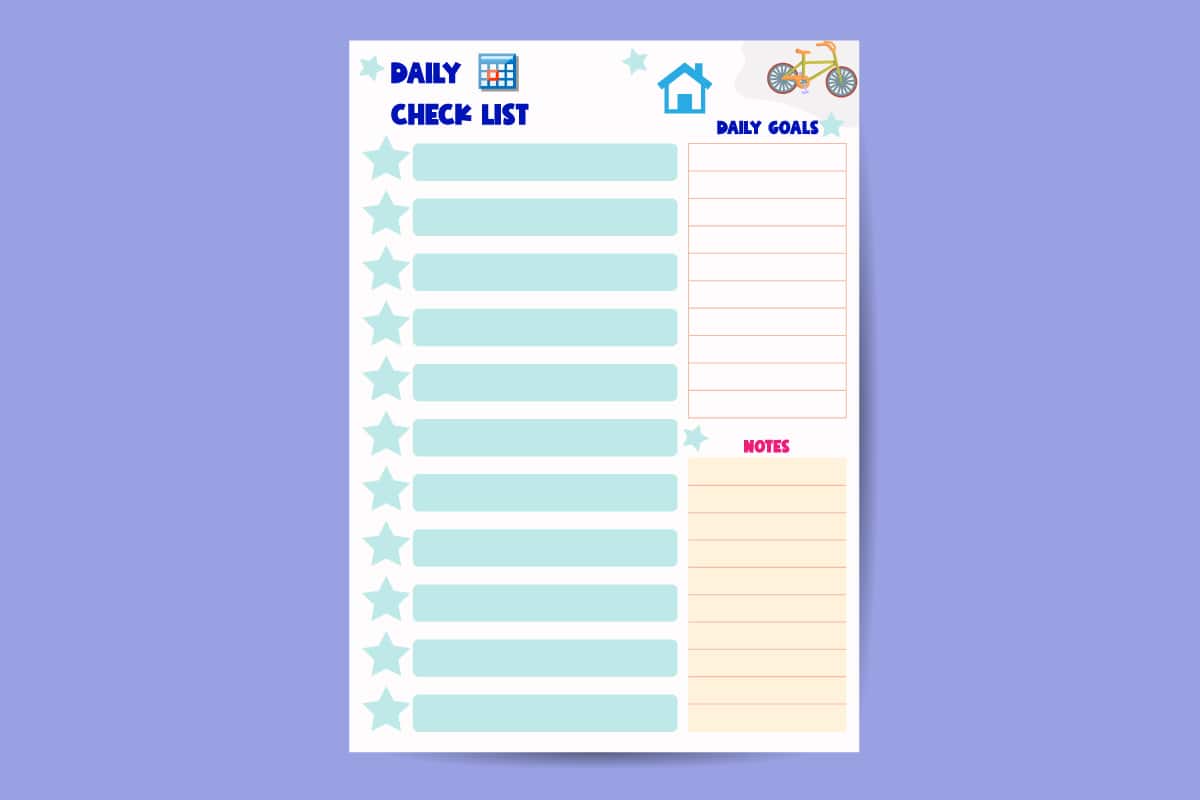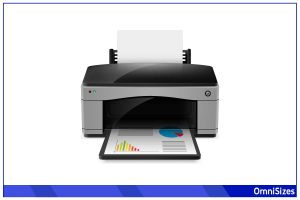Note-taking has evolved beyond traditional pen and paper. One of the most popular digital note-taking apps is Goodnotes. With its user-friendly interface and advanced features, it’s become a go-to for students, professionals, and anyone looking to organize their thoughts digitally.
The default paper size in Goodnotes is A4. However, users have the flexibility to customize the sheet size according to their preferences.
This guide will take you through the world of Goodnotes paper sizes, from understanding the basics to customizing dimensions.
The Basics of Paper Sizes
Digital and physical paper sizes have several things in common, but the most crucial part is their size. The good news is, in many cases, they share identical sizing standards.
Standard Paper Sizes
- A Series (A4, A5, etc.): The A series is the most common paper size standard globally. A4 is the most widely used, measuring 210 × 297 mm. As the numbers decrease, the size increases. For instance, A3 is larger than A4. Conversely, A5 is half the size of A4.
- B Series (B4, B5, etc.): Less common than the A series, the B sizes are still significant. B5, for instance, sits between A4 and A5 in dimensions, offering a middle ground for users who find A4 too large and A5 too small.
- Letter, Legal, and Tabloid Sizes: Predominantly used in North America, these sizes differ from the A and B series. ‘Letter’ is close in size to A4, while ‘Legal’ is slightly longer. ‘Tabloid’ is larger and often used for newspapers or large-format printing.
Why Paper Size Matters in Digital Notes
Selecting the right paper size in apps like Goodnotes enhances readability and organization. A mismatched size might make your notes appear cluttered or too spaced out. This helps users transition from physical to digital note-taking becomes smoother.
Goodnotes Default Paper Sizes
Goodnotes, a leading digital notebook app, has predefined paper sizes to enhance your writing and drawing experience.
- A4 – The Standard Setting: A4, with dimensions of 210 × 297 mm, is the default choice in Goodnotes. This size mirrors the physical A4 paper, making it familiar to most users.
- Options Beyond A4: Besides A4, Goodnotes offers other preset sizes like A3, A5, Letter, and Tabloid. These options cater to varied note-taking styles, from expansive sketching on A3 to concise notes on A5.
- Custom Dimensions: While Goodnotes provides a selection of default sizes, it also allows users to set custom dimensions. This feature is beneficial for those seeking a specific size not included in the default options.
- Optimal Viewing and Exporting: By understanding and using the right paper size, your notes will display correctly on various devices. Moreover, when sharing or exporting, the chosen size affects how recipients view your notes.
Customizing Paper Sizes in Goodnotes
Adapting tools to fit personal needs is a cornerstone of effective digital work. Goodnotes recognizes this and offers its users the ability to customize paper sizes.
How to Set Custom Paper Sizes:
Getting started with custom sizes in Goodnotes is straightforward.
- Locate and tap the “More” (…) icon situated in the top-right of your screen.
- From the dropdown menu, select “Change Template.”
- In the opening list, select your desired size.
- After selecting the size, remember to tap on a specific paper template to finalize your choice. Just choosing the size won’t suffice—you also need to pick a paper template.
Benefits of Using Custom Sizes
- Versatility: Not all tasks fit standard sizes. Maybe you’re replicating a unique physical notebook or need a specific size for a project. Custom dimensions offer this flexibility.
- Optimized Display: By tailoring the size, you can maximize the display area of your device, be it a tablet or a larger screen.
- Personal Touch: Custom sizes let you mold your digital space according to your preferences, granting a personal touch to your digital notes.
Common Custom Sizes and Their Uses
- Square Formats: Ideal for brainstorming sessions or doodling, a square layout, like 200 × 200, ensures all ideas fit cohesively.
- Long Vertical Layouts: Suitable for lists or timelines, sizes like 150 × 400 mm allow for elongated content.
- Broad Horizontal Layouts: Perfect for landscape sketches or flowcharts, dimensions such as 400 × 200 mm provide ample horizontal space.
Comparing Goodnotes to Other Note-taking Apps
While Goodnotes is a top contender in the digital note-taking arena, especially in terms of paper size customization, you should take a look at the broader picture. Depending on personal needs, another app might tick all the right boxes.
How Other Apps Handle Paper Sizes
Many note-taking apps have adopted standardized paper sizes to mimic physical notebooks, providing familiarity to users. Apps like Noteshelf and Notability offer options like A4, Letter, and more. Some, like OneNote, move away from traditional sizes, focusing on infinite canvas layouts.
Goodnotes vs. Notability
Goodnotes and Notability are often mentioned in the same breath, and for a good reason. Both have robust features, but when it comes to paper sizes:
- Goodnotes: Known for its customizability, it offers standard sizes like A4 and Letter, but stands out with its ability to create custom dimensions, tailoring the workspace to individual needs.
- Notability: While it offers various sizes, its customizability is slightly limited compared to Goodnotes. It leans more towards standard templates, catering to those who prefer traditional notebook feels.
Is Goodnotes the Best Choice for Size Customization?
While Goodnotes shines in offering a customizable experience, it’s not the sole player. Apps like ZoomNotes also offer a high degree of flexibility in terms of paper size. However, Goodnotes often gets the nod for its user-friendly interface, which makes customizing sizes a breeze even for beginners.
The real test for any note-taking app is how well it plays with others. Exporting and sharing notes should be seamless:
- Goodnotes: It excels in exporting notes, maintaining the integrity of the chosen paper size, especially when converting to PDF. Sharing across platforms like Google Drive or Dropbox is straightforward.
- Other Apps: While most apps, like Noteshelf, manage to retain format during exports, some may encounter hiccups when shared across diverse platforms or when opening on different devices.


